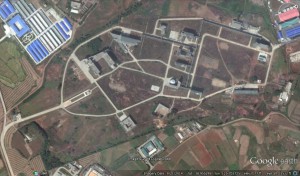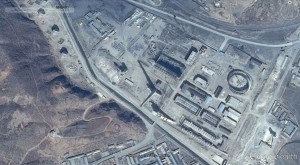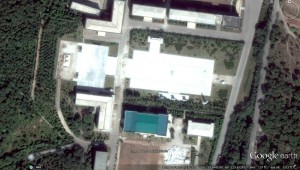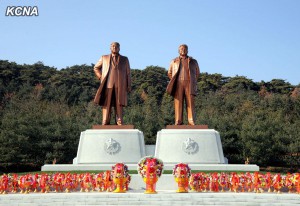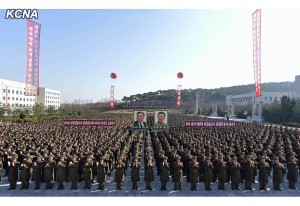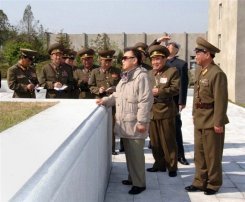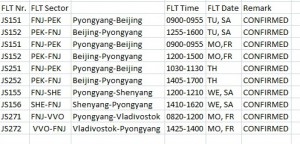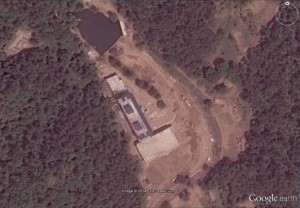Institute for Far Eastern Studies (IFES)
The DPRK leader Kim Jong Un recently emphasized the work of national heritage protection through the announcement of Nojak. In the DPRK vernacular, Nojak means the immortal writing of the highest leaders, Kim Il Sung and Kim Jong Il.
In October 30, DPRK’s Chosun Central News Agency reported that on October 24, the First Chairman Kim Jong Un made a statement on “National Heritage Protection Work as a Patriotic Business that Brings Honor to the Heritage and History of Our Nation,” together with members of the Workers’ Party Central Committee, in celebration of the 20th anniversary (October 29) of field guidance at the tomb of Tangun in Pyongyang by Eternal Chairman Kim Jong Il.
During the discourse, First Chairman Kim Jong Un stressed that “it is our strong will to flourish as a powerful nation which has inherited a glorious culture with a long history of being a universally civilized country.”
He went on to say, “by well managing the preservation of the remains and relics of the old capital city of Pyongyang and Kaesong, further interest should be turned in preserving the remains that have meaning as a national treasure in other suburban areas.” He also pointed out that “we need to fight hard the tendency of Dadaism, which refuses the superiority of one’s country and not managing the preservation of relics, which leads to the phenomenon of damaging them.”
He also added, “It is important to preserve the original form and not destroy the ecological environment of the scenic spots” and also stressed that “it is important to set up a thorough countermeasure so that the scenic spot will not be destroyed or polluted because of wastewater and factory pollution, pests and underground development of resources, and forest fires.”
Kim Jung Un also said “parts of the city and districts have not turned their interest in managing the preservation of historical remains; therefore, precious historical relics have been stolen or destroyed.” He further pointed out that “there has been cases where the ecological environment had been destroyed and the scenic beauty had vanished at the scenic spot.”
“Cabinet, relevant ministries and central organizations should turn their interest to historical remains and museums where maintenance and construction should be focused at these scenic spots so that facilities, materials, and funds that are demanded can be supported with responsibility.” He also proposed a solution: “through tourism and observation of historical remains and scenic spots, a portion of money that had been earned should be turned into the fund for protecting the ethnic heritage so that it can be managed autonomously.”
He went on to stress that “at the Guidance Bureau for the Preservation of National Heritage, in order to designate the natural heritage and historical monuments of the people at the UNESCO World Heritage, exchange business with other countries and the UN has been underway, especially in strengthening academic exchanges related to national cultural heritage, and especially with the compatriots of the South and overseas.”
Furthermore, he stated that the “Complex of Koguryo Tombs and historical relics at Kaesong City had been designated as a World Heritage; however, there needs to be continuous work in finding more of our country’s outstanding material heritage, non-material heritage, and natural heritage to be registered at the UNESCO World Heritage.”
In the discourse, Kim Jung Un stated that “national heritage work is a patriotic business which can lift up the country and a way to hold on to the tradition and history of the country.” He added that the “principle of identity, principle of history and scientific history are the basic principles that need to be consistently followed in order to develop and protect the national cultural heritage.”
The recent talk that has constantly stressed national heritage protection work by the Kim Jung Un regime can be seen as a move to infuse pride in the people for the history and culture of the country and to strengthen the solidarity of the people.
